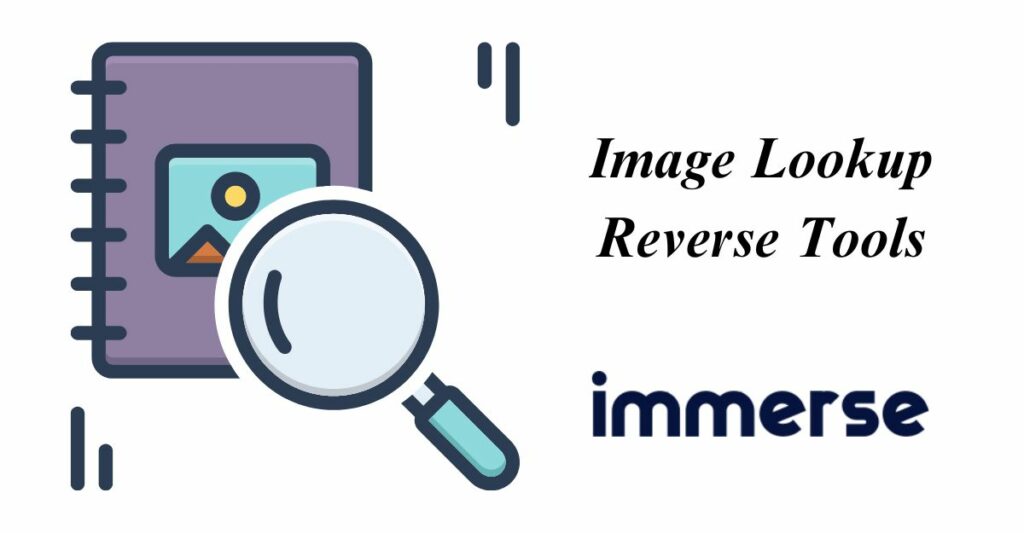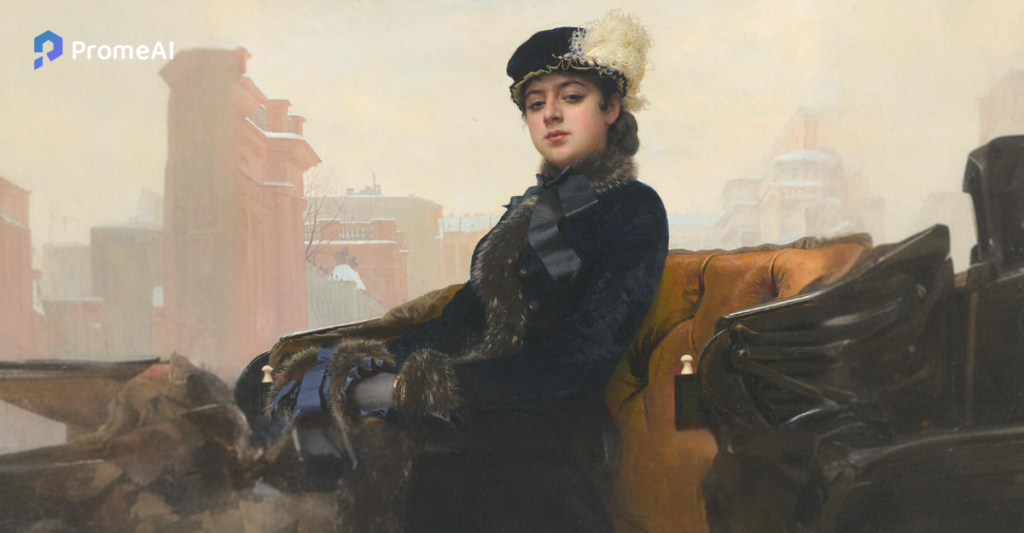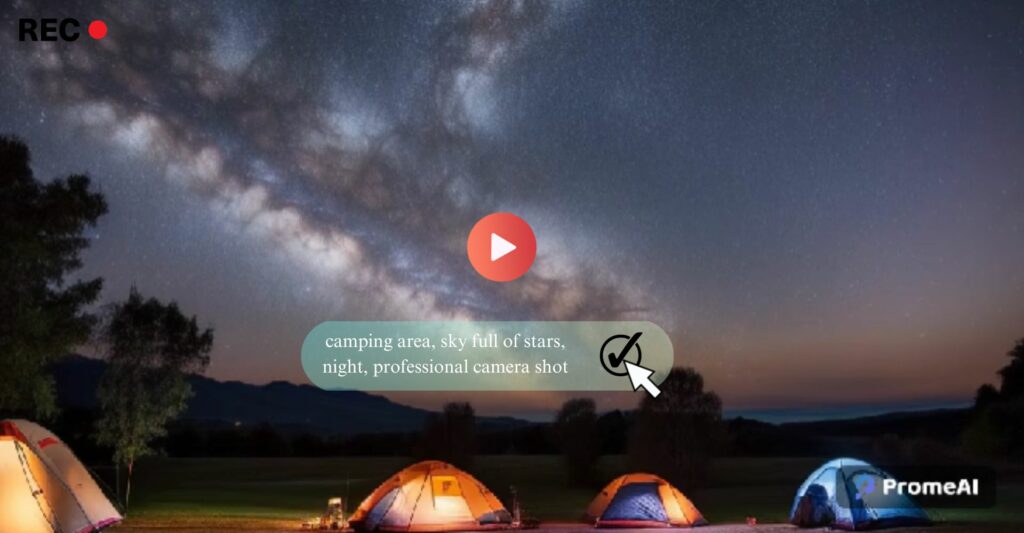1. The Power of Visual Search: Exploring the World of Image Lookup Reverse
1.1. The Current State of Image Search
In today’s digital landscape, users have a variety of options for searching and discovering content, including text-based, voice-based, video-based, and image-based searches. While text-based searches remain the most popular mode of search, image search has become an increasingly important tool for online engagement and e-commerce.
Text-based searches are the most common mode of search, with users typing in keywords to find relevant content. Voice-based searches, which involve using voice commands to search for information, are becoming increasingly popular with the rise of virtual assistants like Siri and Alexa. Video-based searches are also gaining popularity, with users searching for relevant video content on platforms like YouTube and TikTok.
Image search technology has numerous practical applications in various industries, such as fashion, interior design, and automotive. By using image lookup reverse, businesses can enhance their product discovery and recommendation systems, improve their inventory management, and provide better customer service. Additionally, image search can be used for social media monitoring and sentiment analysis, providing valuable insights for businesses and individuals.
Moreover, with the rise of visual search technology, image search is expected to become even more prevalent in the future. By using visual search, consumers can find products online by simply taking a picture of them, making the shopping experience more convenient and intuitive.
In conclusion, while text-based searches remain dominant, other modes of search, including image search, are becoming increasingly important in today’s digital landscape. With its numerous practical applications and potential for future advancements, image search is a valuable tool for businesses and individuals alike.
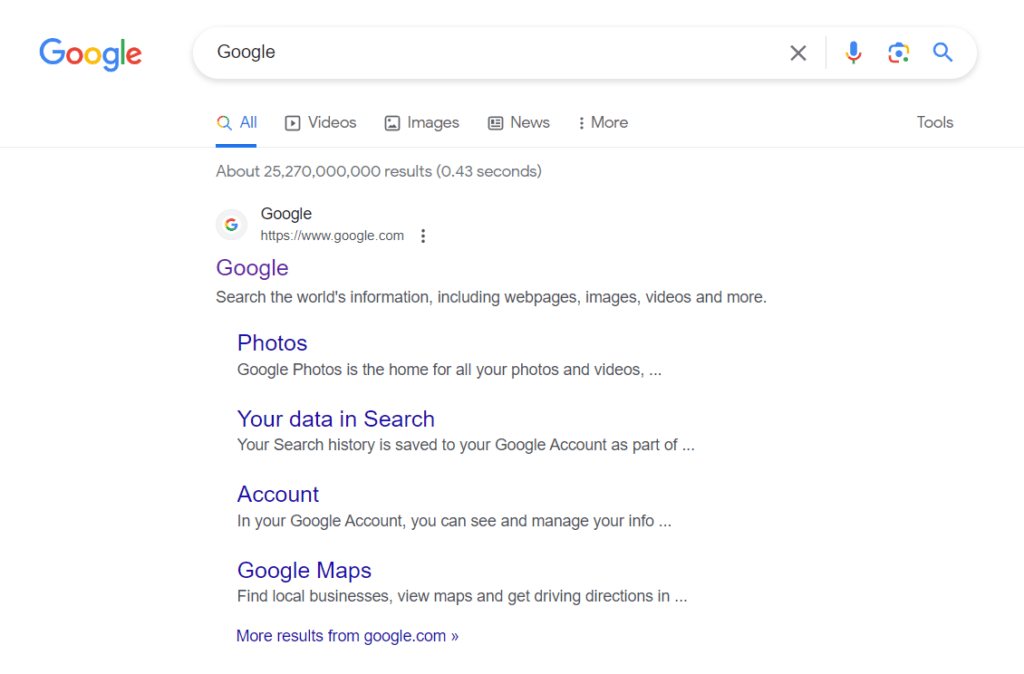
1.2. The Importance of Image search in Search Engines
Image search is a critical component of search engines, allowing users to find visual content quickly and easily. It has multiple use cases that make it a valuable tool for individuals and businesses alike.
Firstly, image search can be used when you have an image of an object but don’t know its name. By using an image search engine, you can find similar images and learn the name of the object. Similarly, if you can’t recall the name of an object but have an image of it, image search can help you find similar images and jog your memory.
Secondly, image search can help you locate high-quality versions of an image for printing or other purposes. This is especially useful for graphic designers, photographers, or anyone who needs to use images for professional or creative purposes.
Thirdly, image search can help you identify celebrities, public figures, landmarks, and other objects that you may come across in photos but don’t know the name of. This can be particularly helpful when traveling or exploring new areas.
Lastly, image search can be used to research products before making a purchase. By seeing what a product looks like in different contexts or settings, you can make a more informed decision about whether it meets your needs.
Given these use cases, it’s clear that image search is an essential part of search engines, allowing users to find the visual content they need quickly and easily. In addition to these use cases, there are also more specific applications of image search that we will describe in more detail in the product section.
1.3. Forms of Image Search
Image search can take on multiple forms, each with its own unique advantages and limitations. Compared to web search, image search requires the consideration of multiple dimensions, such as text and image features, to rank and de-duplicate search results. This process is known as multi-modal and cross-modal retrieval, and it is essential for delivering accurate and relevant search results to users.
Text-based Image Search: Users enter keywords or phrases, and the search engine returns images related to those keywords or phrases.
Image-based Search: Users upload an image or provide an image URL, and the search engine returns images that are similar or related to the uploaded image.
Metadata-based Search: Search engines use metadata associated with images, such as file names, tags, and descriptions, to return related images.
Content-based Search: Search engines analyze the content of images using computer vision techniques, such as color, shape, and texture, to return related images.
Tag-based Search: Search engines use tags or labels from social media or other websites to return related images.
These forms of image search can be used alone or in combination to provide more accurate and comprehensive search results. By considering multiple dimensions and using advanced retrieval techniques, image search is a powerful tool for finding the visual content users need.
2. Reverse Image Search

2.1. How Image Lookup Reverse Works: Feature Extraction and Efficient Comparison
Image lookup reverse search works by extracting features from an image and comparing them to a database of images. The key is to use effective feature extraction methods, which are critical for accuracy. The second challenge is to speed up the process of comparing features against thousands of images in the database to find similar or identical matches. So, the success of image lookup reverse depends on both feature extraction and efficient comparison methods.
Images, like fingerprints for humans, have unique characteristics that can be used to compare them. This process, known as “feature extraction,” involves extracting image features as multi-dimensional vectors or binary strings. Methods for feature extraction include image keypoints, perceptual hashing, and region-based color histograms, with the goal of accurately reflecting the similarity between images.
In addition to traditional methods of extracting image features, such as image keypoints, perceptual hashing, and color histograms, modern artificial intelligence (AI) techniques can also be used for feature extraction. Deep learning models, such as convolutional neural networks (CNNs) and generative adversarial networks (GANs), can learn and extract features from images that are often more accurate and useful than traditional feature extraction methods. As a result, more and more image search engines are adopting deep learning-based image feature extraction methods to improve search accuracy and efficiency.
2.2. The Three Approaches to Image Search Engines: Metadata, Example, and Hybrid
1. Search by metadata: This method relies purely on image tags to retrieve search results, without considering the image content itself. For example, if a webpage contains an image of a cat and the text on the page includes the word “cat,” a search for “cat” or “kitten” will return that image as a result. While this approach is fast and easy to implement, its accuracy depends entirely on the quality and relevance of the image tags.
The Search by metadata approach can be further improved by using image recognition technologies like the ImageNet project to automatically tag images with labels. The ImageNet project is a massive image classification database that contains over 14 million images and over 20,000 classification labels covering a wide range of common objects, scenes, and concepts. With these labels, search engines can automatically identify objects, scenes, or concepts in an image and return them as search results to users. This method is more accurate than the Search by metadata approach that relies solely on user-generated tags, and it can better adapt to the constantly evolving images and labels.
2. Search by example: This method considers the actual content of the image, including objects and pixel distribution. Users can upload an image, and the search engine will return similar images based on the content. For example, if a user uploads a picture of a beach, the search engine will return images of similar beaches with sand, sky, ocean, and tourists. This approach, also known as “reverse image search,” is more complex but has higher accuracy if implemented properly. There are various methods for implementing this, including deep learning and traditional image analysis algorithms.
3. Hybrid approach: This method combines aspects of the first two methods to achieve the best results. By using both metadata and content analysis, this approach can provide more accurate search results.
In summary, image search engines work by either relying on image tags or analyzing image content, or a combination of both. These methods allow users to search for images based on keywords or by uploading an example image.
2.3. Professional image lookup reverse tools
Immerse.zone
Immerse.zone is a powerful image lookup reverse engine that utilizes cutting-edge artificial intelligence technology to search through massive image libraries, including stock photos, vectors, videos, and GIFs. With its advanced algorithms, immerse.zone can deliver highly accurate results, making it an ideal tool for both B2B and B2C users. The platform is highly customizable, allowing users to tailor their search parameters to meet their specific needs.
One of the standout features of immerse.zone is its massive database of images, which ensures that users have access to a wide range of visual content. Additionally, the platform’s advanced image recognition technology means that search results are highly relevant and similar in appearance to the original image. This makes immerse.zone an invaluable tool for designers, marketers, and other professionals who rely on visual content in their work.
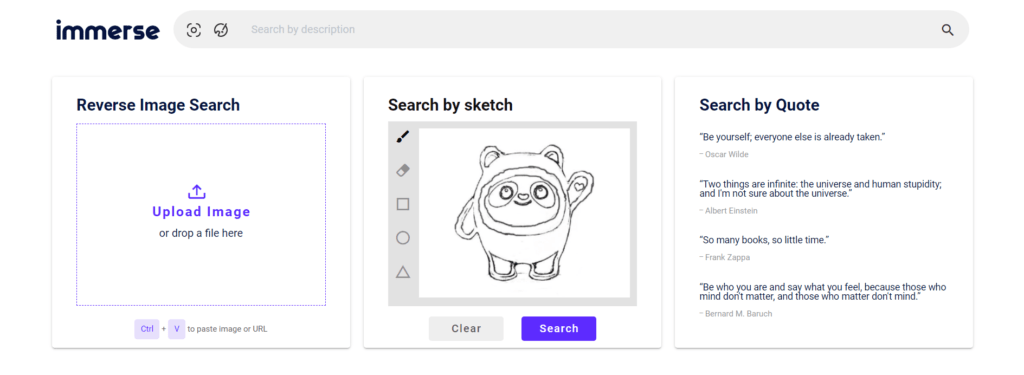
Users have praised immerse.zone for its ease of use, powerful search capabilities, and highly customizable features. Whether you’re searching for specific images for a project or looking to explore visual content in a new way, immerse.zone is a must-have tool for anyone in the visual content space.
In addition to immerse.zone, other popular reverse image search engines include TinEye,Reverse Image,Reverse Image Search. These platforms offer users a wide range of search parameters and massive databases of images, making it easy to find similar images, identify sources, and protect intellectual property.
2.4. Reverse image search engine
These search engines are not just limited to image lookup reverse, but also include web search, text search, video search, and more. Different search engines may provide more accurate results in different countries due to factors such as language, culture, and regional variations. As a result, using multiple search engines or adjusting search settings can help ensure users receive the most accurate and relevant results for their specific location and needs. Some popular search engines that offer these features include:

As the biggest search engine, Google has a powerful database that includes a cool feature called Search by Image. You can upload a picture or copy its link and Google will show you related images. It’s like a reverse image search! Google analyzes the picture you give it and compares it to other pictures in its database to give you matching or similar results. Plus, if there’s any description or information about the image, Google will use that too. The feature got replaced by Google Lens in 2022 as the default way to search visually on Google, but you can still access the old Search by Image function within Google Lens.

Google introduced a new AI technology called MUM that can understand information in different formats and draw connections between them. Google plans to use MUM to upgrade Google Lens, its image recognition technology, by allowing users to add text to visual searches. This will help users find relevant queries that are hard to describe using words alone. MUM will also be used in other ways across Google Search and video searches.
Google search images will come with rich data, which was published in the official update.
Bing
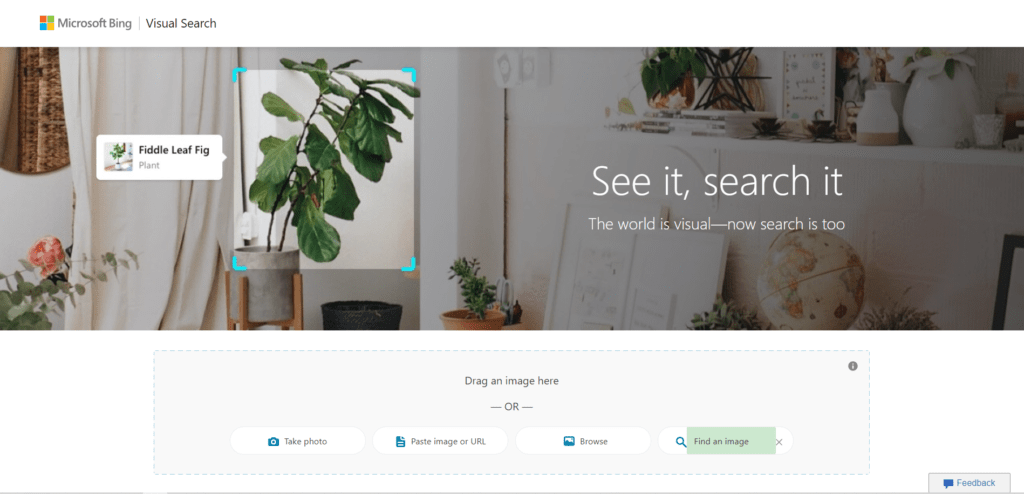
Bing Visual Search is a useful feature provided by the Microsoft Bing search engine that allows users to search for related images using images or image URLs. Bing’s advanced image recognition technology analyzes the submitted image and compares it with other images in its database to provide matching and similar results. Overall, Bing Visual Search is a powerful and valuable feature for users looking to explore and discover more information based on images.
Yandex
Yandex is a popular search engine in Russia and other countries that provides a wide range of features to help users find the information they need. Similar to Google and Bing, Yandex also offers a reverse image search feature called Yandex Images.
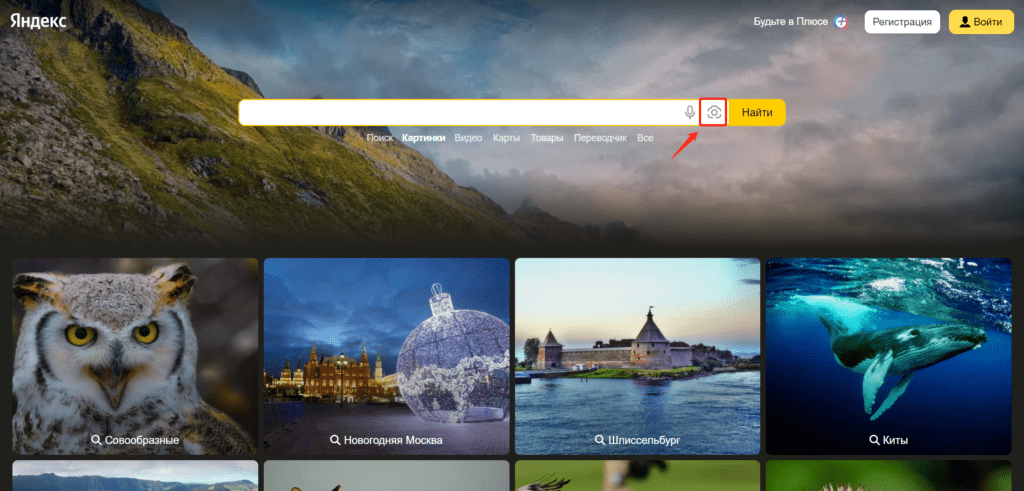
Baidu, Sogou and 360
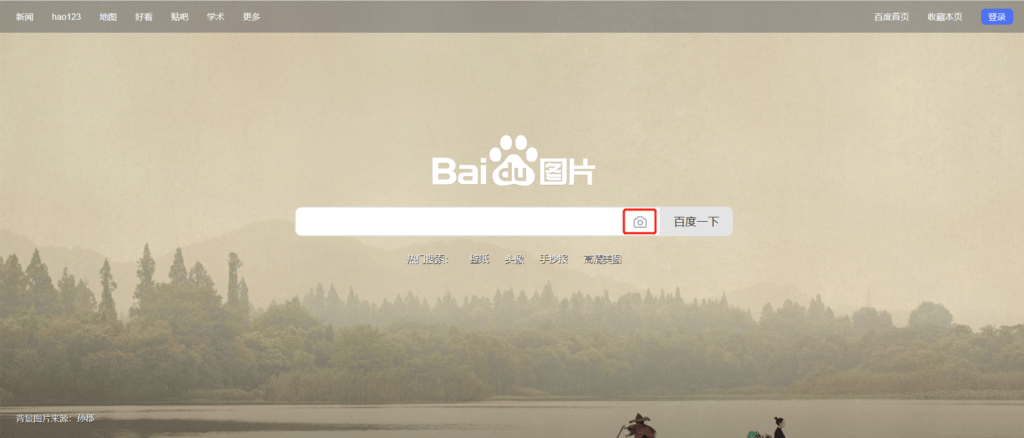
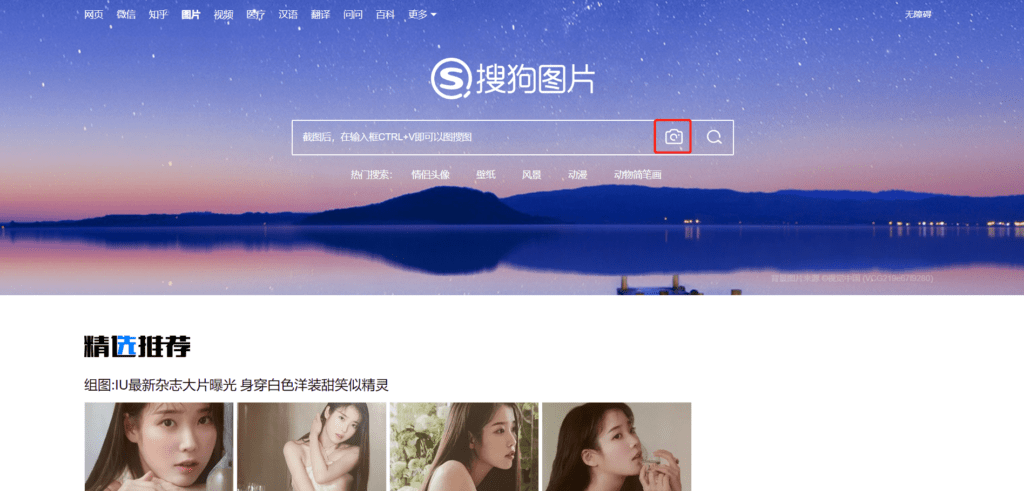

Baidu, Sogou, and 360 Browser are three popular search engines in China that offer a reverse image search function.
Some other search engines may not have a reverse image search function, but their keyword-based image search function can still be very powerful. For example: Yahoo Search, DuckDuckGO, Ecosia, Naver
2.5. Image Lookup Reverse for specific images
image lookup reverse for specific images can also be used for finding similar or related images within a particular category or theme, such as anime or animal pictures. This can be especially useful for artists, designers, and enthusiasts who want to find inspiration or references for their work. By using the reverse image search function, users can easily find similar or related images to the one they are looking for, which can save them time and effort in their search. Additionally, reverse image search for specific images can help users identify and track down the original source of an image, which can be important for copyright and attribution purposes.
Image Lookup Reverse for Anime Pictures




Anime image lookup reverse tools, such as Trace.moe, Ascii2d, SauceNAO, and Iqdb, can help users find the original source and related information of anime pictures. Some tools, like Ascii2d, can even directly provide the original source from Pixiv and relevant tags.
If the original image cannot be found through the above websites, users can try image enhancement techniques to indirectly obtain a higher resolution or quality version of the image. While it may not match the quality of the original image, this method can still be effective in improving the image’s resolution and overall quality.
Pinterest is a visual discovery platform that acquired the visual startup company VisualGraph in 2014. While Google, Facebook, and Snapchat all offer image lookup reverse capabilities, Pinterest’s image search is particularly important for businesses.
Pinterest’s image search allows businesses to pay to have their official images and links appear at the top of search results when users search for items such as tables, suits, or watches. Furthermore, Pinterest has made efforts to expand the functionality of the platform beyond just beautiful photos. Users can now add links to shopping information, movie ratings, GPS locations, and other details directly below images.
Visual search represents a major direction for mobile search in the future. It has the potential to change people’s lives, especially in the retail industry where “search by image” can help users find products that they cannot describe accurately in words, leading to an improved shopping experience and changes in user behavior. Pinterest’s image reverse search capabilities are at the forefront of this evolving field, offering a powerful tool for businesses and individuals to discover and explore related images and information.
In addition, visual search has the potential to deeply impact and change various aspects of daily life, such as unmanned retail, security recognition, and autonomous driving technologies. Overall, Pinterest’s image lookup reverse capabilities are an important tool for businesses and individuals looking to explore and discover related images and information in a visually-driven world.
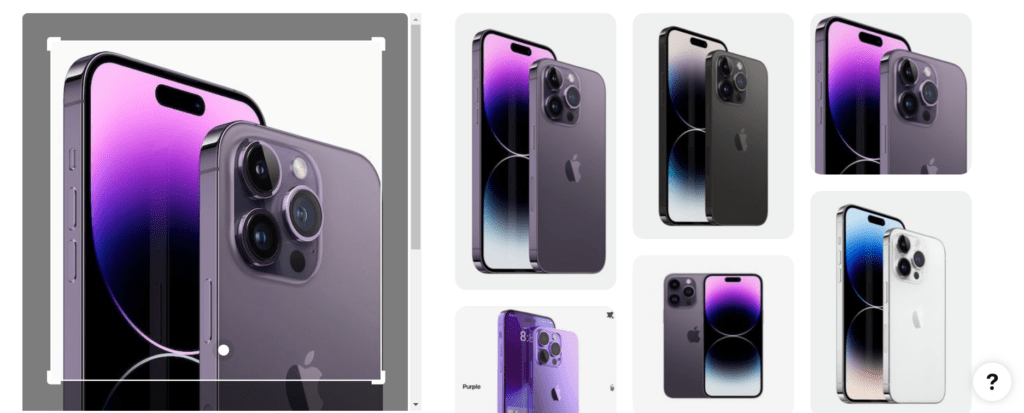
- Related Pins: When users click on a Pin, a series of related Pins will be displayed below it.
- Flashlight: Users can use the search box to pinpoint objects within an image and find similar items or products.
- Lens: Users can take a photo of an item they’re interested in and receive more information and similar images.
- Shop the Look: Users can click on products within an image to browse and purchase them on Pinterest.
Sketch Search
Sketch search and reverse image search are related in that they both involve searching for images using visual cues. While image lookup reverse uses an existing image to find similar images, sketch search allows users to draw a rough sketch or outline of the image they are looking for and then search for similar images based on that sketch. Both technologies have the potential to make image searching more intuitive and accessible, providing users with more options for finding the images they need. Additionally, both technologies have applications in various fields, such as design, fashion, and education.
The ability to convert sketches into real images helps designers bring their ideas to life more effectively and bridge the gap between digital and physical design.
Some specific use cases for reverse image lookup reverse:
Xingse is a website that offers high-quality stock photos, as well as a image lookup reverse tool and plant recognition feature for identifying and learning about plants. With its extensive plant encyclopedia and engaging community, Xingse is a valuable resource for nature lovers and designers alike.
Berify is a reverse image search website that helps individuals and businesses find stolen images and videos online, using advanced algorithms and comprehensive search capabilities.
Pixsy is a powerful tool for finding and fighting image theft, allowing users to track and monitor how their images are being used online and take action to protect their rights.
Karma Decay is a reverse image search website that specializes in searching for images on Reddit, allowing users to find and explore related images and content on the platform.
3. Monetizing Reverse Image Search: Opportunities and Challenges
Immerse.zone is a search engine that specializes in finding similar images, videos, and other unstructured data. It can be used to create a personalized search system where you can upload an image and find similar images from your own library. For example, think of a shopping website with millions of product images. Using Immerse.zone, developers can easily build a search function that allows users to find their desired products by simply uploading an image. Immerse.zone is not just limited to images, it can also be used for searching massive amounts of videos, audios, and texts.
For instance, imagine a video-sharing website with millions of short videos uploaded every day. Developers can use Immerse.zone to help users find their favorite video clips by simply uploading a still image. Immerse.zone can also help developers with recommendation systems, targeted advertising, and precise content delivery. Immerse.zone is trusted by many top technology companies and is used in various industries such as entertainment, retail, finance, and logistics.
Using a tool, users can easily identify clothing items and receive recommendations for similar items, complete with purchase links. In addition, with the added feature of image lookup reverse, users can upload an image of a clothing item they like and find similar styles from various brands and retailers. This can make online shopping more convenient and efficient, allowing users to quickly find the items they are looking for and make purchases with ease. For example Lykdat, RetailAI
Ecommerce
Reverse image search has become an increasingly popular tool for online shoppers, especially on e-commerce websites such as Taobao, 1688.com, Alibaba, and AliExpress. By using an image to search for products, users can quickly and easily find similar items that match their preferences or style. This not only simplifies the shopping process but also provides a more visual and engaging experience for users. As a result, image lookup reverse has become an essential feature for online shopping, allowing businesses to better meet the needs and preferences of their customers.

Reverse image search is popular also on international platforms such as eBay and Amazon. By allowing users to search for products using images, these platforms provide a more seamless and personalized shopping experience, helping users find the items they are looking for more quickly and easily. This has become particularly important in the increasingly crowded and competitive e-commerce landscape, where businesses must find new and innovative ways to stand out and attract customers.
Visual search is a hot topic in computer vision research, also known as content-based image retrieval. The popularity of online images and search engines has driven this research boom. Some successful commercial visual search systems include Pinterest Lens, Google Goggles, Google Similar Images, and Amazon Flow, which use image recognition technology to help users find what they are looking for more easily. Overall, visual search has the potential to revolutionize the way we search for and consume visual content.
4. Conclusion
In conclusion, image lookup reverse technology has become an essential tool for finding similar images, identifying sources, and protecting intellectual property. As the use of visual content continues to grow, the demand for advanced image recognition technology is likely to increase, creating new opportunities for commercialization. While the space for improving text-based search is limited, the potential for image, sound, map, and social network search is vast. Image search, in particular, is an area that is ripe for optimization and innovation, and businesses that invest in this technology are likely to reap significant benefits.

